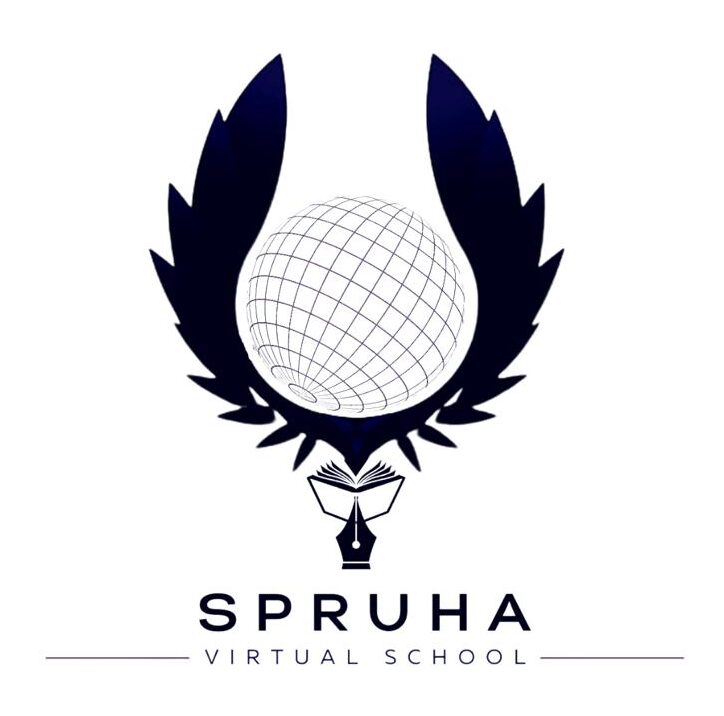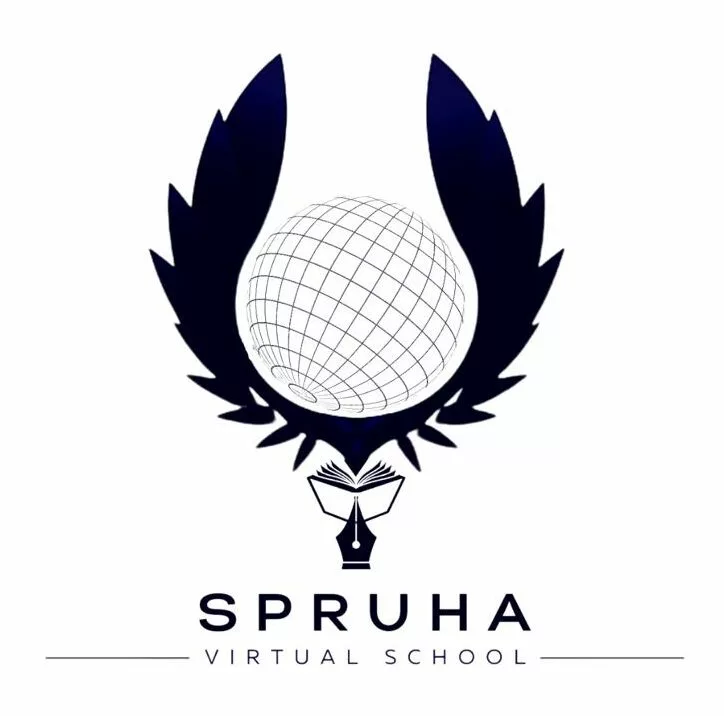Project-based learning (PBL) is an innovative approach to education that has gained popularity in recent years. It involves students working on real-world projects that align with their interests and learning goals. With the rise of virtual classrooms, PBL has become even more accessible and effective. In this blog, we’ll explore the benefits and best practices of implementing PBL in virtual classrooms, with a focus on Spruha, one of India’s leading virtual schools.

Benefits of PBL in Virtual Classrooms
- Personalized Learning: PBL allows students to work on projects that align with their interests and learning goals, providing a personalized learning experience.
- Increased Engagement: PBL encourages active learning, critical thinking, and creativity, leading to increased student engagement and motivation.
- Development of 21st-Century Skills: PBL helps students develop essential skills like collaboration, communication, and problem-solving, preparing them for success in the digital age.
- Flexibility and Accessibility: Virtual classrooms provide flexibility and accessibility, allowing students to work on projects at their own pace and convenience.
Best Practices for Implementing PBL in Virtual Classrooms
- Clear Goals and Objectives: Define clear goals and objectives for each project, aligning with learning outcomes and standards.
- Student-Centered Approach: Empower students to take ownership of their projects, providing guidance and support as needed.
- Collaboration and Communication: Encourage students to collaborate and communicate with peers and teachers through digital tools and platforms.
- Formative Assessments: Use formative assessments to monitor student progress, provide feedback, and adjust instruction.
- Technology Integration: Leverage technology to facilitate project-based learning, using digital tools and platforms to enhance collaboration, creativity, and critical thinking.
Empirical Evidence
A plethora of research studies have meticulously examined the impact of Project-Based Learning (PBL) on student outcomes, and the empirical evidence is overwhelmingly convincing. A landmark study conducted by the National Center for Education Statistics (2019) revealed that PBL has a profound impact on student engagement, motivation, and academic achievement. This comprehensive investigation analyzed a vast array of PBL programs, unearthing a significant positive correlation between PBL and student success.
Furthermore, a groundbreaking study undertaken by the Buck Institute for Education (2018) discovered that PBL cultivates a wide range of 21st-century skills, including collaboration, communication, and problem-solving. This research delved into the intricacies of PBL, exposing its remarkable ability to foster critical skills that are indispensable in today’s fast-paced, interconnected world.
Additional research has further substantiated the benefits of PBL, painting a vivid picture of its transformative power. A study published in the Journal of Project-Based Learning (2020) found that PBL improves student creativity, critical thinking, and self-directed learning skills, empowering students to navigate complex challenges with ease and finesse. Another study in the International Journal of Project-Based Learning (2019) discovered that PBL enhances student autonomy, self-motivation, and metacognitive skills, allowing students to take ownership of their learning and thrive in a rapidly evolving landscape.
The empirical evidence converges to form a compelling narrative: PBL is a potent educational approach that can unlock the full potential of students. By embracing PBL, educators can create engaging, motivating, and academically rigorous learning environments that prepare students for success in the 21st century.
Conclusion
Project-based learning in virtual classrooms offers a powerful approach to education, providing personalized, engaging, and effective learning experiences. By implementing best practices and leveraging technology, educators can create interactive and innovative learning environments that prepare students for success in the digital age. At Spruha, we’re committed to providing high-quality education through PBL and other innovative approaches, shaping the future of learning for students across India.
FAQs
Project-based learning (PBL) is an instructional approach where students actively explore real-world problems and challenges, working on projects that engage their interests and align with learning objectives.
PBL in virtual classrooms offers personalized learning, increases student engagement, develops 21st-century skills, and provides flexibility and accessibility, allowing students to learn at their own pace.
Unlike traditional learning methods that often rely on rote memorization and passive learning, PBL emphasizes active learning, critical thinking, problem-solving, and collaboration through hands-on projects.
Teachers can implement PBL effectively by setting clear goals and objectives, adopting a student-centered approach, encouraging collaboration and communication, using formative assessments, and integrating technology.
Digital tools and platforms such as Google Classroom, Microsoft Teams, Zoom, Trello, and collaborative software like Padlet and Jamboard can enhance communication, collaboration, and creativity in PBL.
PBL supports personalized learning by allowing students to choose projects that align with their interests and learning goals, offering a tailored educational experience that caters to individual needs and preferences.
Examples of projects in PBL include creating a business plan, developing a science experiment, designing a community service initiative, producing a multimedia presentation, and conducting a research study on a relevant topic.
Formative assessments in PBL involve regular check-ins, feedback sessions, and progress reviews, helping teachers monitor student progress, provide constructive feedback, and adjust instruction to meet learning objectives.
Yes, PBL can be applied across various subjects, including science, math, language arts, social studies, and more. The key is to design projects that align with subject-specific learning outcomes and standards.
Research by the National Center for Education Statistics and the Buck Institute for Education shows that PBL increases student engagement, motivation, academic achievement, and the development of essential 21st-century skills.

